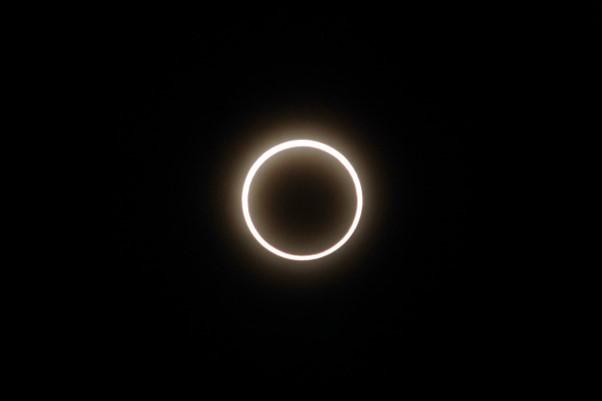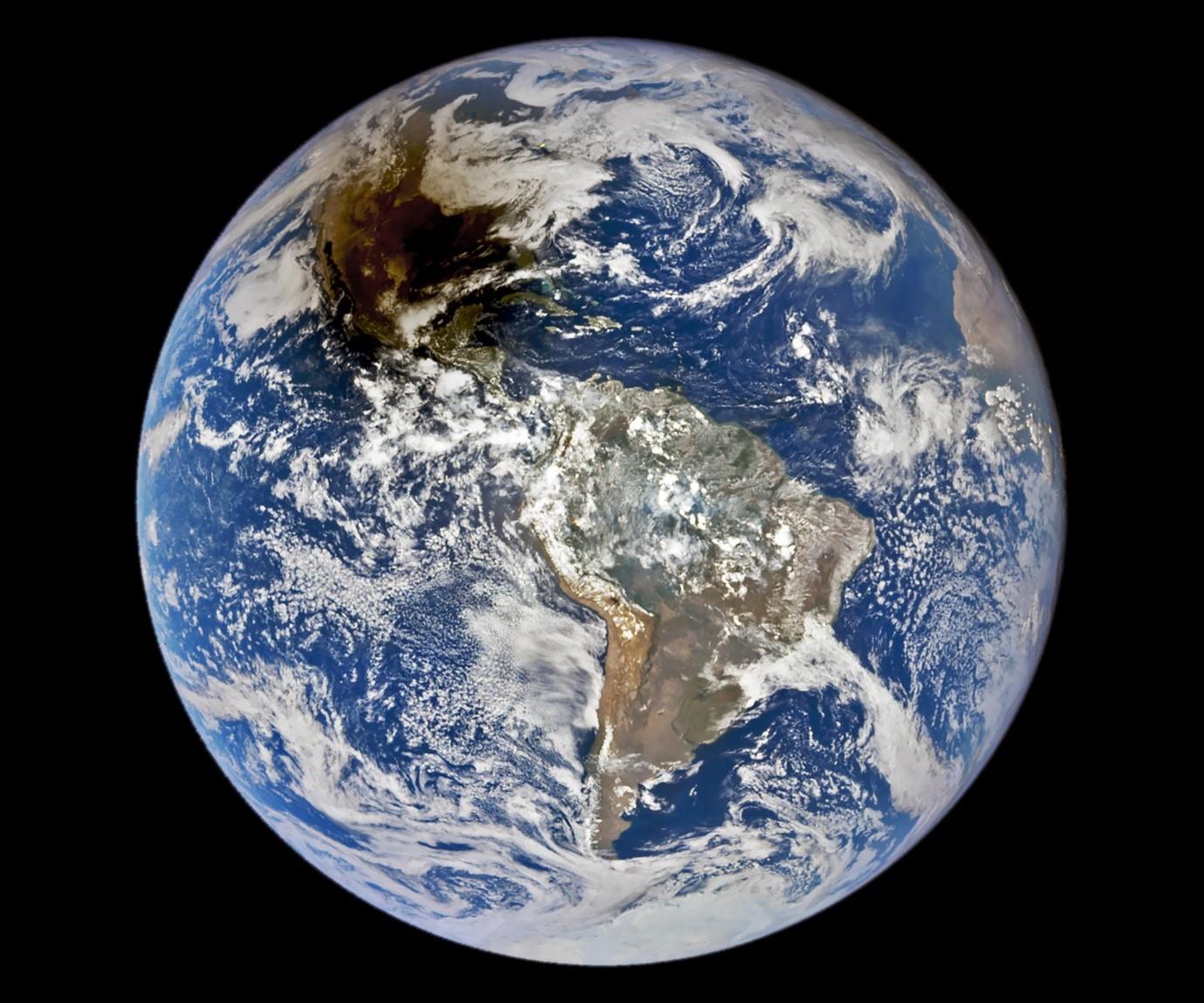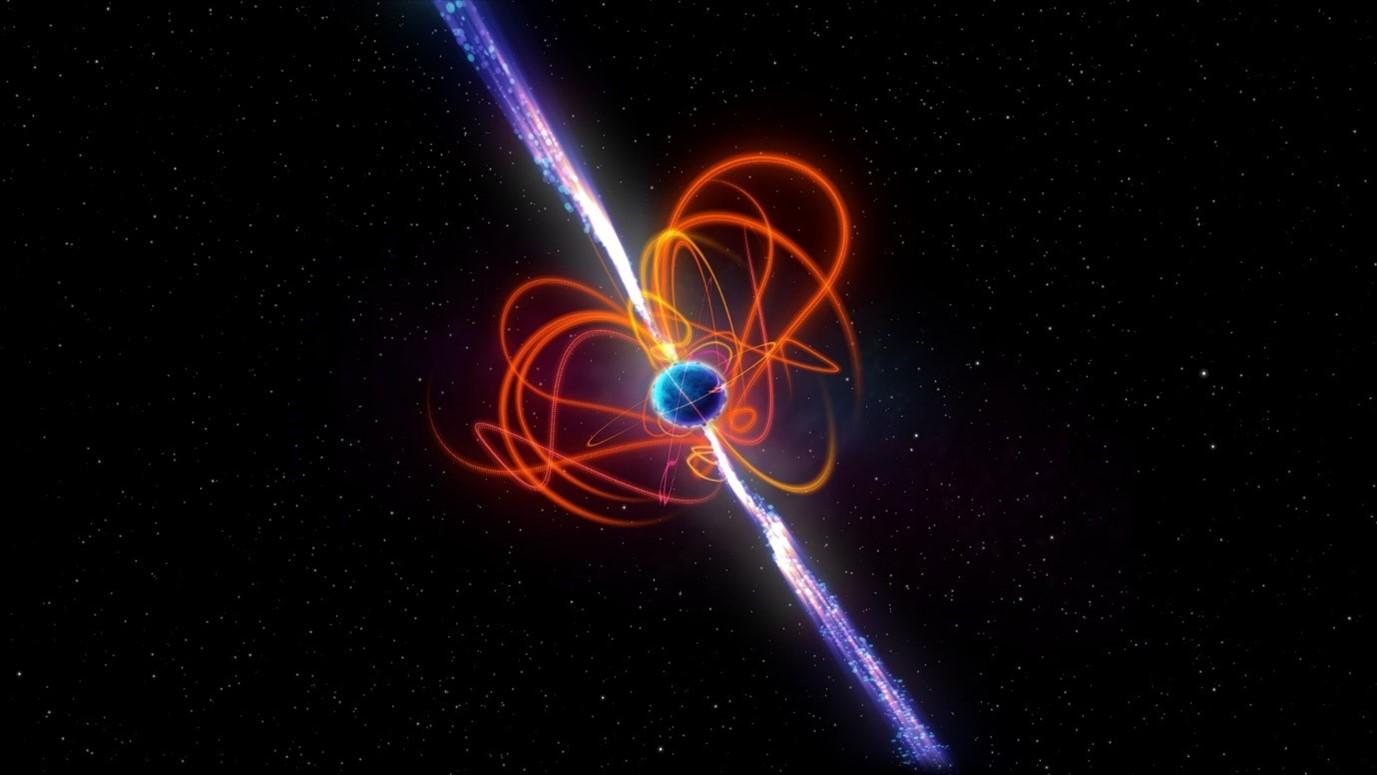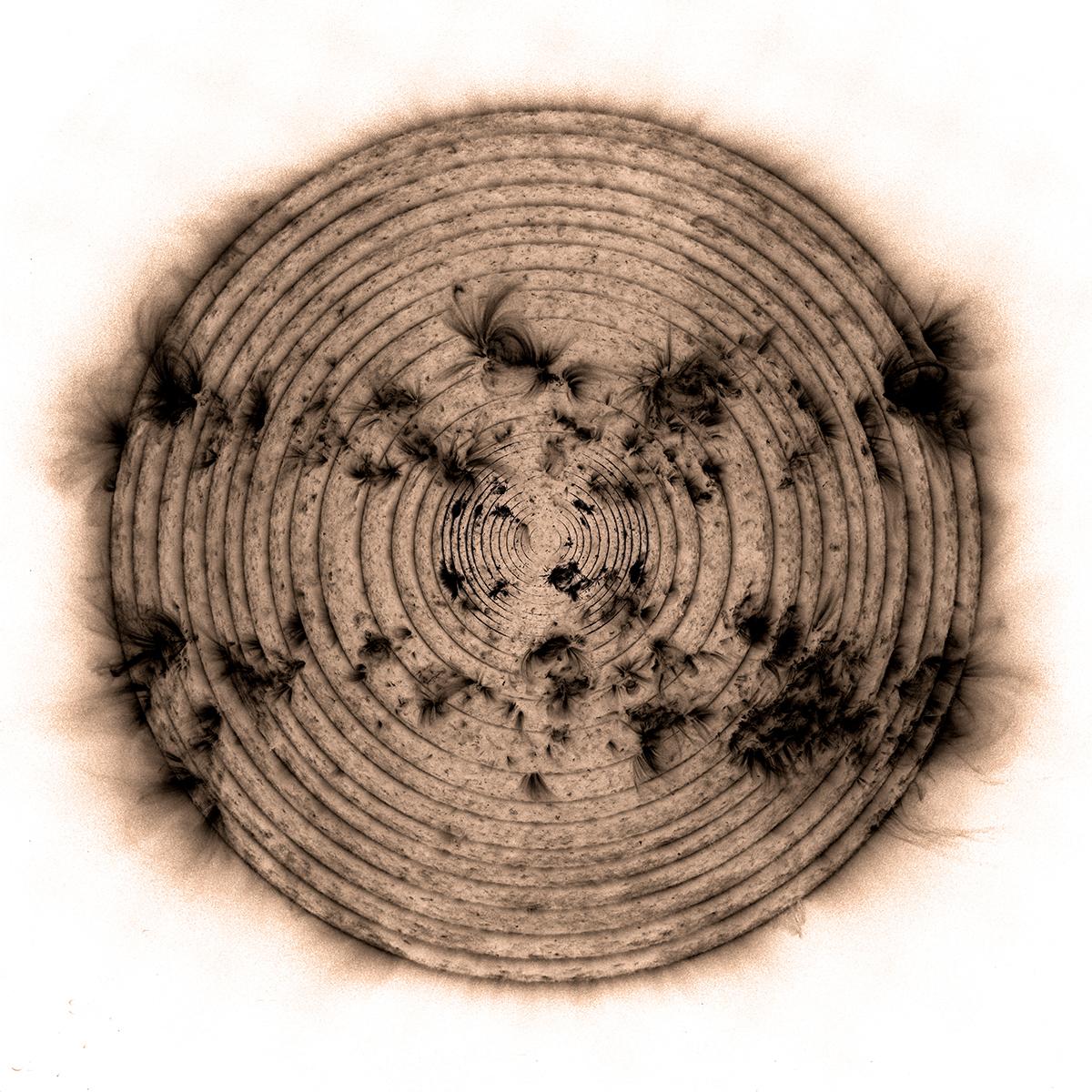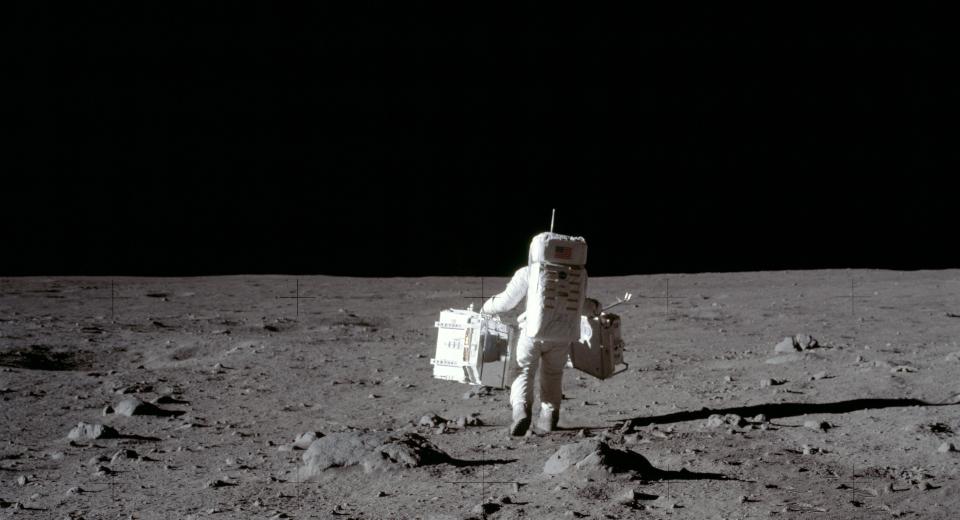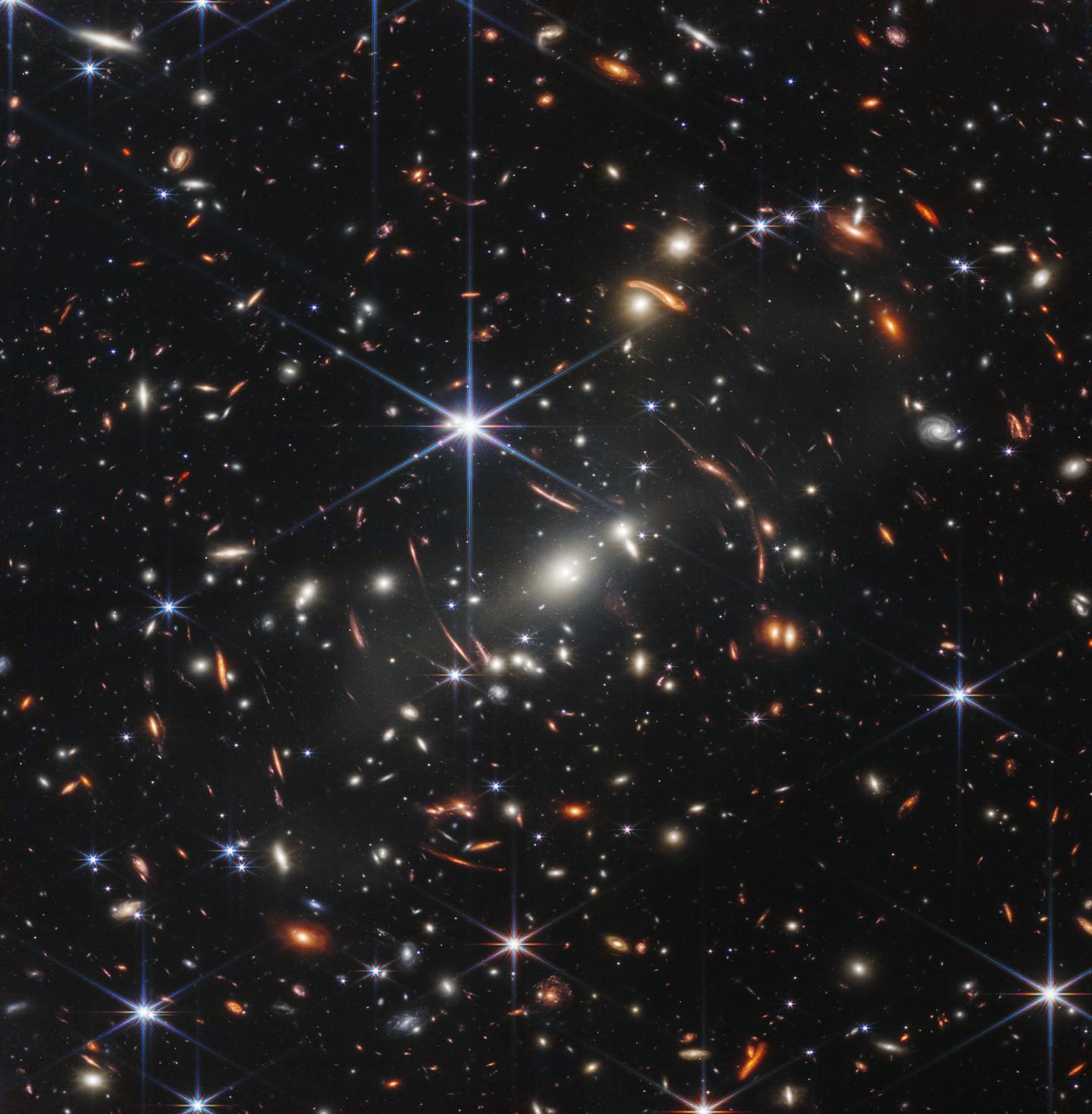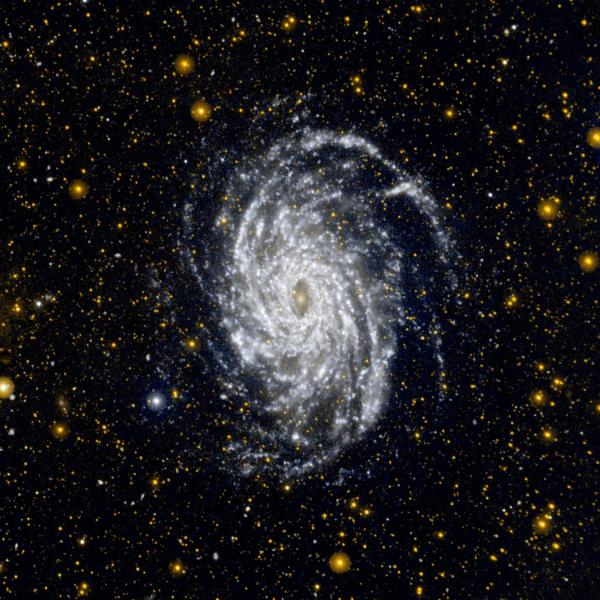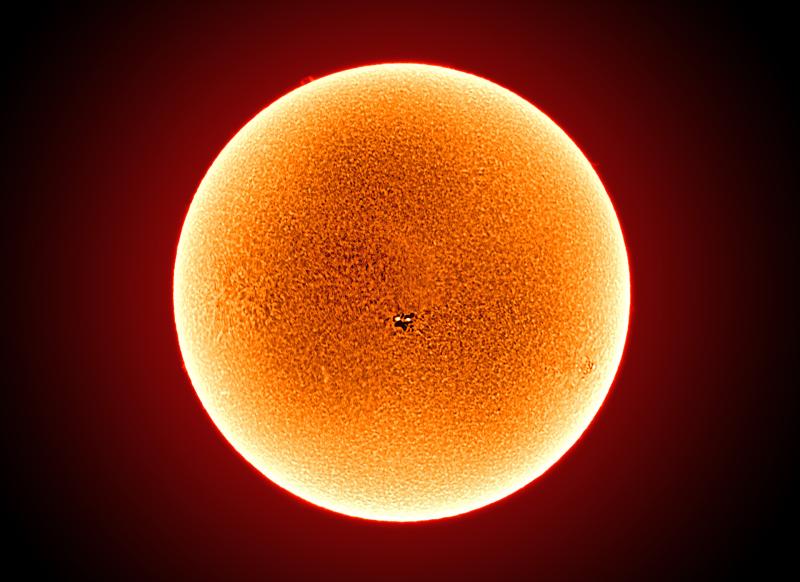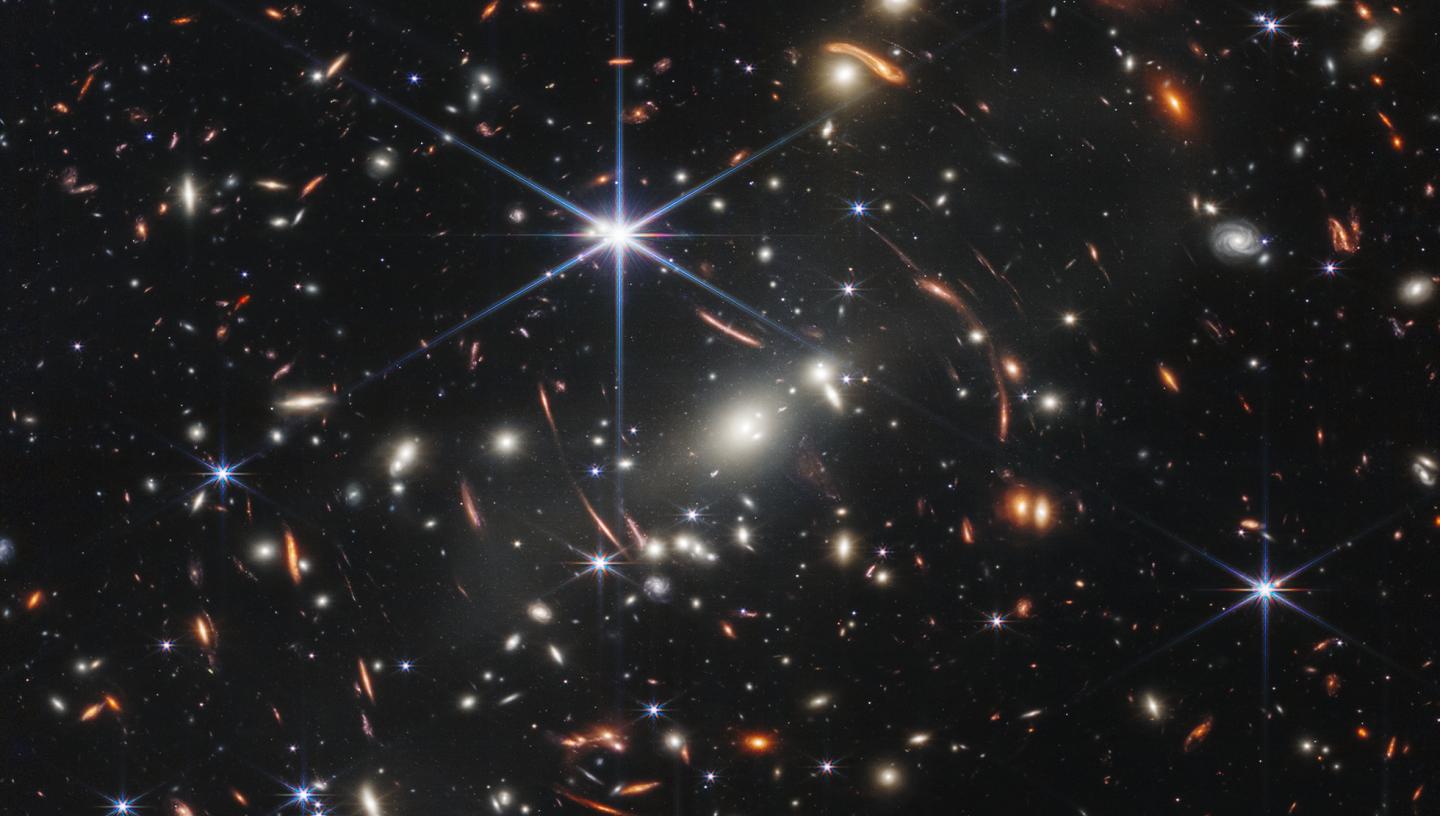
31 Oct 2023
See what cosmic news our young people have found for you!
by the Astronomy Ambassadors Group
This news was researched and written by members of the Astronomy Ambassadors Group in October 2023.
Astronomy Ambassadors is for 16-21 year olds interested in space and astronomy. If you're interested in joining this group yourself, please click here for more information. We hope you enjoy the news stories we've found for you.
Annular Eclipse 2023
By Sophie and Luna
An annular eclipse took place on the 14th October in Northern and Southern America this year, so don't miss out on the pretty pictures because this will be the last chance to glimpse the 'ring of fire' in the United States for 16 years!
What is an annular eclipse?
This event occurs when the Moon moves in front of the Sun at a very specific time to create a beautiful 'ring of fire' effect. This is not the same as a normal solar eclipse because it must be a new Moon at apogee. This is when the Moon (which is orbiting the Earth in an ellipse), reaches the farthest point away in its orbit, and the sunlit side faces completely towards the Sun.
What did this eclipse look like?
The cosmic phenomenon was visible in parts of the US, Mexico and in South and Central America. With no cloud in sight, US residents were able to see at least a partial eclipse. The annular solar eclipse began in Oregon at 09:13 local time (17:13 BST) and reached Texas at 12:03 local time (18:03 BST). It was then visible across central and northern South America.
Why do some see different amounts of the Sun covered?
Those who get to see a full eclipse are in umbral shadow, whereas those who only see a partial eclipse are in penumbral shadow. This is when the Moon’s shadow does not fully cover the area that the person is in- only partially.
Breakthrough in antimatter discovery hints towards our universe’s mysterious origins!
By Alexa, Maya, Ember and Jathhi
During an experiment known as the alpha G apparatus in early September of this year, CERN’s top scientists in Switzerland have made a groundbreaking discovery revolving around antimatter and how it reacts towards the effects of gravity. Now, we finally have an answer: similarly to regular matter, antimatter also falls down!
But why is this so groundbreaking and what is antimatter?
Everything in our world is made from matter - from the ground we stand on, to the air we breathe and the food we eat. However, an opposite to this exists in the Universe. Antimatter is the exact same as matter, but with an opposite charge. For example, Hydrogen has one positive proton and a negative electron but its inverse, the anti-hydrogen, has a completely contrary electric charge and magnetic moment.
In the past, scientists have theorised that antimatter might fall upwards. This hypothesis, if true, would turn everything we know about physics upside down. However, famous physicist and mathematician Albert Einstein correctly prophesied in 1915 the truth that we now know with almost absolute certainty.
In the beginning, both antimatter and matter were created in almost equal amounts during the Big Bang. The only reason our universe exists is because more matter was created and the annihilation that occurred between the two substances created the energy needed to create the first stars. Learning that the gravity that formed these stars affects both matter and antimatter in the same way opens up many more questions for consideration, such as the speed they fall at. One of the greatest mysteries is how our universe exists in the first place.
There could be an entire universe out there completely made of antimatter (just as ours is made of regular matter) and yet with the technology we have now, we wouldn’t be able to know about them, let alone travel there. With modern science evolving evermore rapidly, we are one step closer to determining the true origins of the Universe and secrets around us!
Earthquakes but on stars, starquakes?
By Tom, Maddie and Emily
Fast Radio Bursts (FRBs) were initially thought to be caused by aliens; fortunately (or unfortunately), our current research points towards starquakes.
FRBs are tiny bursts of radio waves lasting from a fraction of a millisecond all the way up to 3 seconds. The physical process behind them is not yet fully understood, but they release the same amount of energy in milliseconds that the Sun releases in 3 days!
Starquakes are more or less the same as on Earth, except 1,000,000,000,000,000 (10 to the power of 15) times stronger. They occur most frequently on magnetars – a special type of neutron star with a much stronger magnetic field. And what use could this be? When a starquake occurs it essentially cracks open the star and allows astronomers to ‘peek’ into their internal processes, and give us even more insight into the structure of neutron stars!
Is the Sun barking up the wrong tree?
By Charlie, Pelumi, Angus and Shahriar
What happened?
14,300 years ago, the most powerful solar storm detected hit our planet. A solar storm is a massive burst of energy from the Sun in the form of solar flares. These affect the whole Solar System and can cause aurorae as far south as Hawai’i. They are relatively unpredictable, but tend to occur during the solar minimum, which is the declining phase of the solar cycle.
How did we detect it?
High energy cosmic rays, when in the upper atmosphere, interact with particles and cause them to undergo several nuclear reactions to form radiocarbons, notably Carbon-14. During a solar storm, the amount of radiocarbons formed spikes. This is then taken into trees during photosynthesis.
We can therefore observe spikes in radiocarbons by looking at, of all things, tree rings.
What is the effect on us now?
Cosmic rays can disrupt satellites due to increased electromagnetic activity; this can then disrupt radio and communications on Earth.
Solar storms also interfere with the Earth’s magnetic fields, and so can cause damage to devices and transformers in the power grid. If an event as powerful as the one detected occurred, it would completely annihilate the national grid and kill the internet, leaving the world without power or communication. In such a technologically dependent world, this would be a catastrophic event.
Scientists urge technology companies to reinforce protections on their technology as the Sun’s activity has been increasing lately following its star cycle, which increases the likelihood of solar storms.
Could astronauts live in concrete structures?
By Lauren
Concrete is one of the most widely used and oldest building materials on Earth, with over half of the world’s buildings created from the material. However, concrete’s application in space has been limited due to the material’s tendency to crack. On Earth, repairing a crack in concrete may require repaving or repairing the surface, but in space a cracked piece of concrete would be incredibly costly or even dangerous to astronauts.
Recently, scientists have developed a new type of concrete that is able to heal autonomously. Self-healing concrete utilises bacteria, such as Bacillus pseudofirmus, that feed on calcium lactate that is added to the reactants when making concrete. When cracks are created in the concrete, water either directly applied to the concrete or from the surrounding air dissolves the calcium lactate. The bacteria then feed on the calcium lactate, producing more bacteria and calcium carbonate (otherwise known as limestone). The calcium carbonate crystals fill in the cracks that are created, therefore healing the concrete.
If it is found that the bacteria also heals in space, it would eliminate the need for costly repairs and would potentially justify the heavier concrete structures being launched into space due to their sustainability and strength over long periods of time. As we look into the future of space stations and even the possibility of human habitats on other planets, it may be useful to look into the past with one of our earliest building materials: concrete.
Gravitational lensing: Why light from stars and galaxies appears curved
By Lauren
When you think about light, especially that travelling through the otherwise-dark backdrop of space, you would expect to see a point coming directly from the planet or galaxy that you are viewing. However, in some of the recent Hubble and James Webb Space Telescope images, the light curves into arcs.
This is because of a phenomenon called gravitational lensing. Gravitational lensing occurs when light is distorted by an object with a lot of mass, such as a star or a galaxy. This makes it look as if the light has been passed through a lens, leading to the phenomenon’s name.
Using Einstein’s general theory of relativity, scientists can use these images to learn much more about the images than they can see. For example, a light arc caused by gravitational lensing can denote the position and shape of a large cluster of mass. Interestingly, masses that cause gravitational lensing aren’t limited to objects that can be seen in the image, or even things that can be seen at all. Gravitational lensing allows predictions to be made about the positions of objects that aren’t bright or close enough to be seen in images with current technology.
Finally, gravitational lensing can be used to determine the position of dark matter. This is especially important because dark matter cannot be seen, but makes up a significant proportion of the Universe.
